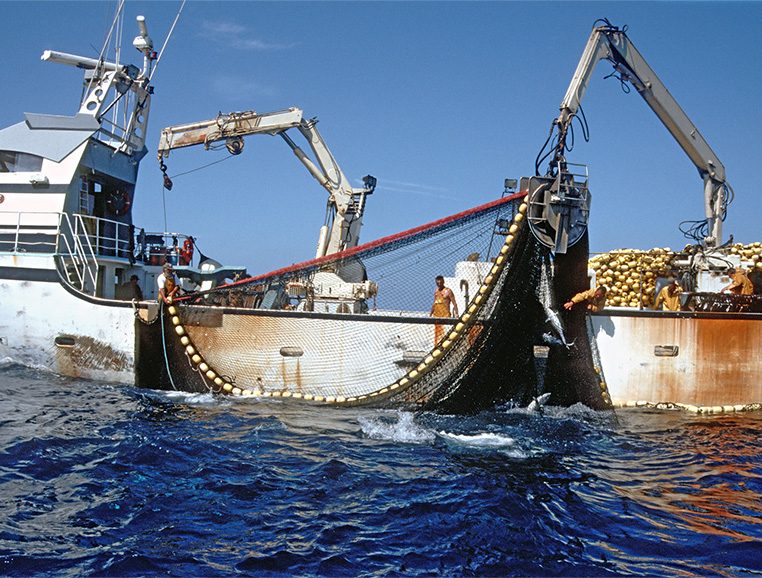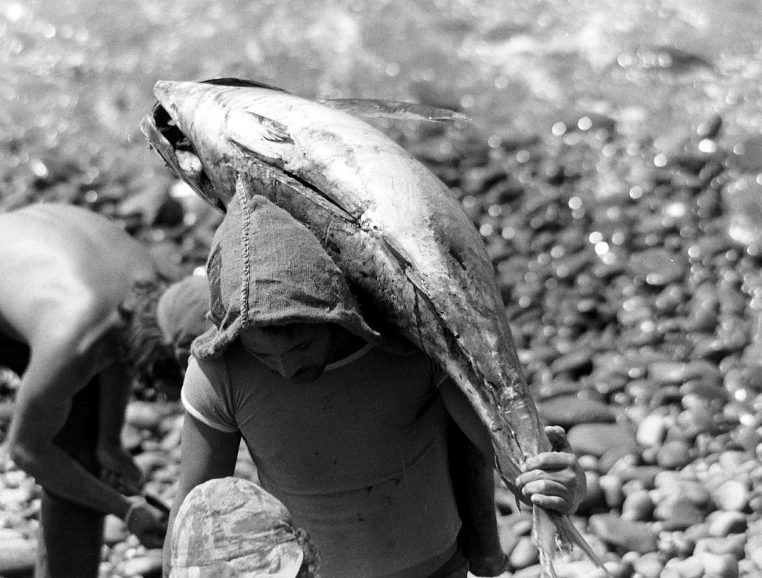
Bluefin tuna are doing better
but it is not yet saved
Sought after for its meat since ancient times, Atlantic bluefin tuna is now fetching record prices, not least because of a worldwide craze for sushi and sashimi. This “goose that lays the golden eggs” excites the covetousness and unleashes the passions. Due to overfishing, the marine populations of this highly migratory species have declined to such an extent that an international management plan has had to be put in place. This is beginning to bear fruit, but stocks remain fragile and have not been replenished.
The Principality of Monaco is taking action to ensure the survival of this emblematic species of the Mediterranean, a concrete example of the issues and challenges of managing the resources offered to us by the Ocean, and a perfect illustration of our difficulty in consuming in a sustainable manner.
It is in this context that the Oceanographic Institute offers you this special report on bluefin tuna, and to highlight the initiatives and federative actions of the Principality of Monaco in this area.
More than a symbol, the preservation of bluefin tuna is a test of our ability to finally adopt a collectively responsible attitude.
H.S.H. Prince Albert II of Monaco
The situation is improving but nothing is won...
Thanks to the joint action of a few countries and NGOs leading to the strengthening of the recovery plan and more effective monitoring, the situation of bluefin tuna has improved since 2009. Reported catches are decreasing, young bluefin tuna are more abundant, spawning biomass is increasing, fishermen are observing the tuna more regularly. Scientists believe that the species is no longer overexploited, but the populations, although in better condition, have not recovered and remain at a level well below that which they were before industrial fishing. Vigilance is required, especially as certain bad practices persist, particularly illegal fishing, which remains a matter of concern, and appetites are still as strong as ever.
With fishing quotas set to increase again in 2019 and 2020 (the highest levels since the recovery plan was put in place), it is up to the international community, scientists and consumers (and therefore each and every one of us) to pay attention to the evolution of the bluefin tuna situation over the next few years. To be continued, then!
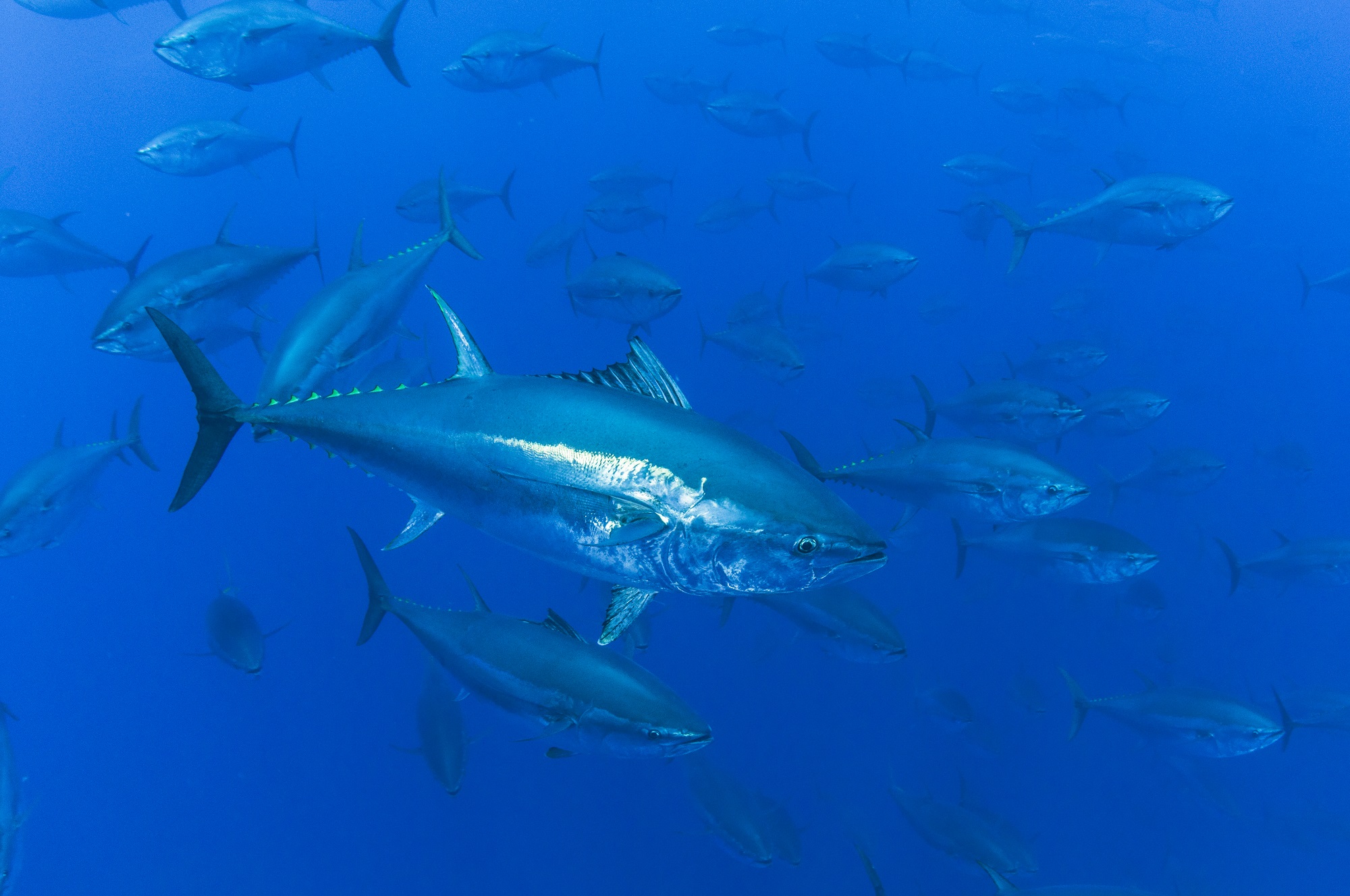
Bluefin tuna in 10 questions

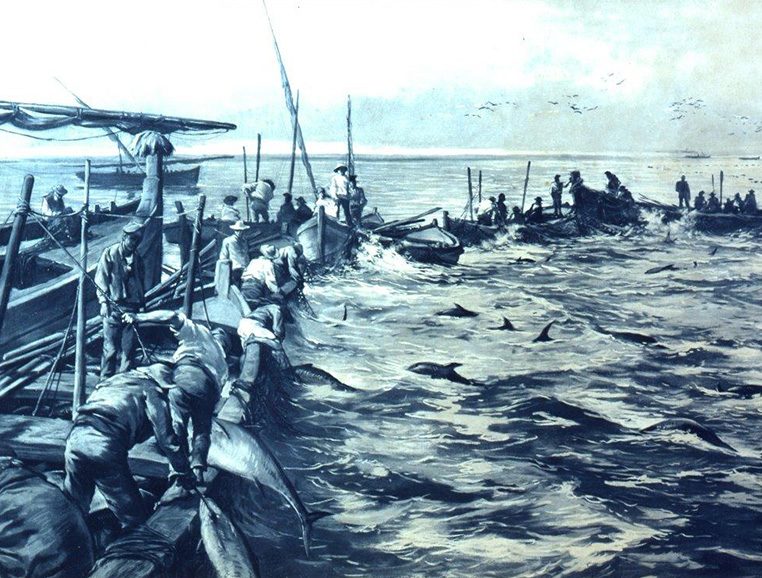
5. How is tuna caught?
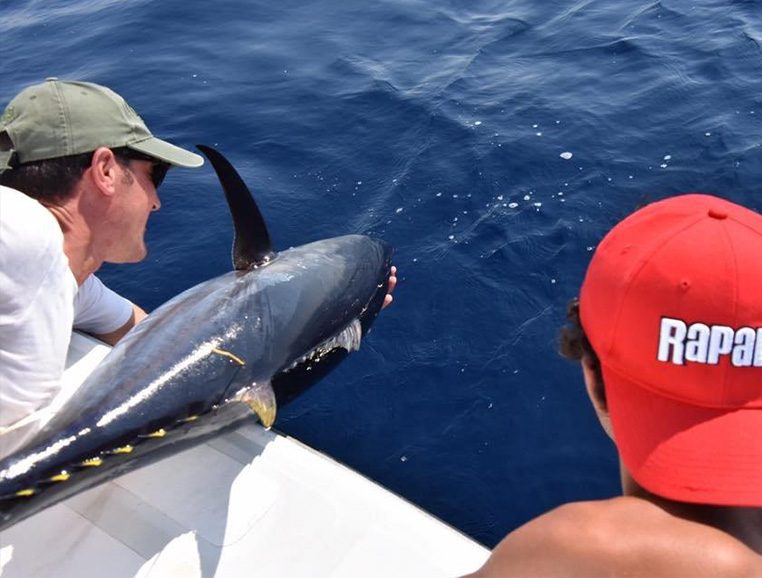
8. Monaco’s actions in favour of bluefin tuna
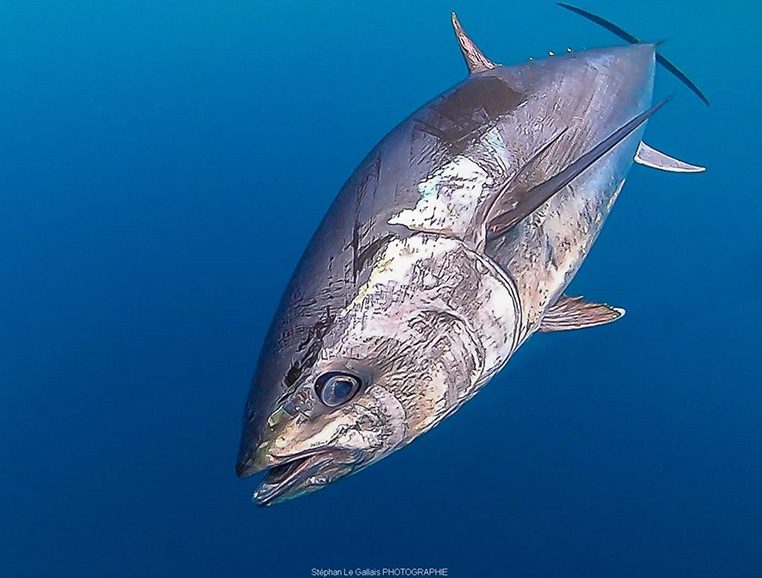
1. We say “Bluefin Tuna”, but what species are we talking about?

9. Can we eat bluefin tuna?
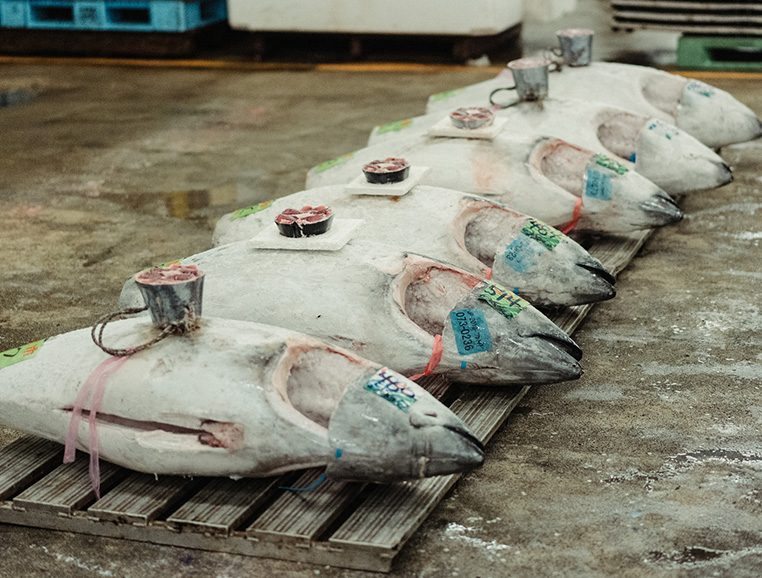
2. Why are bluefin tuna sought after?
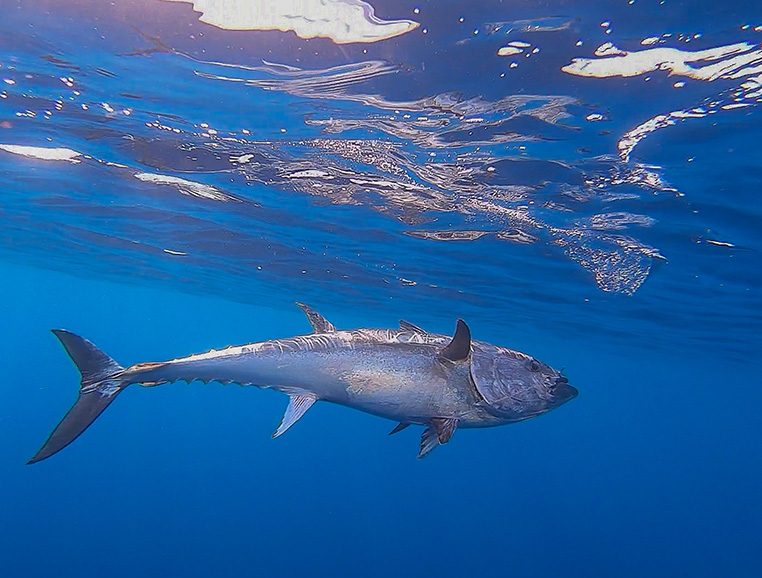
4. What is the economic importance of tuna?
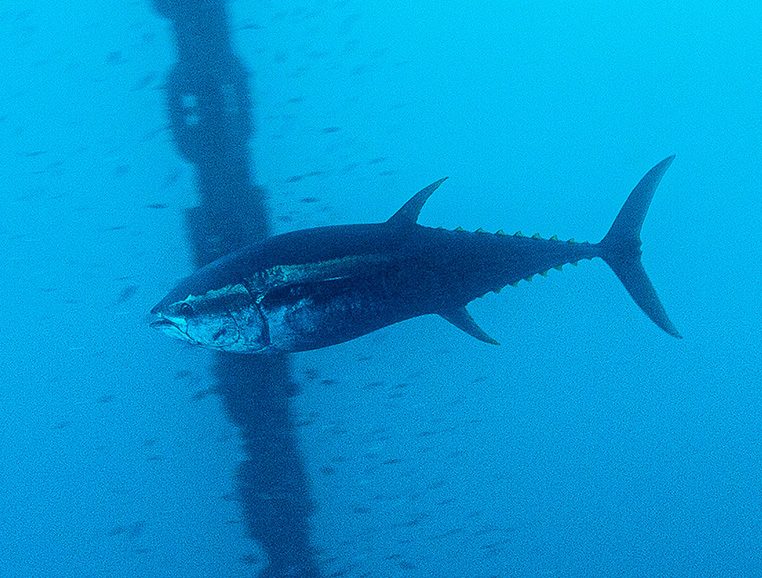
6. Who manages bluefin tuna stocks?

3. What is the size and weight of a bluefin tuna?
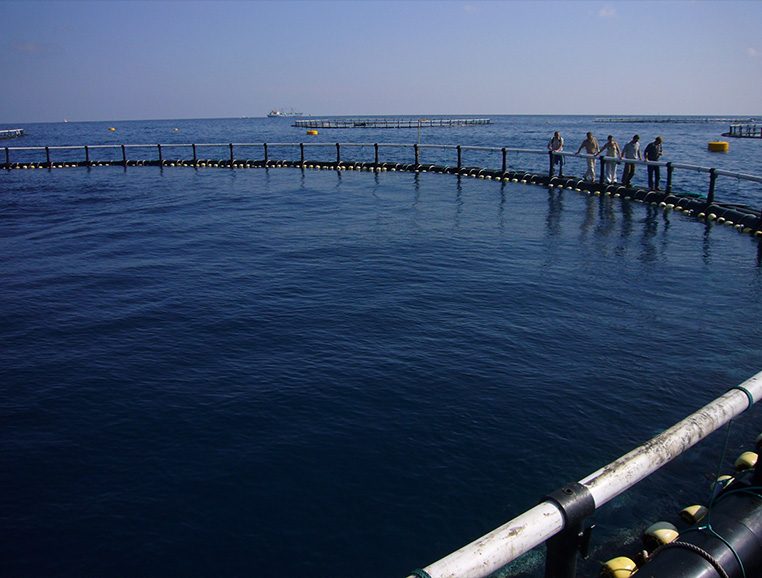
10. Is there bluefin tuna from aquaculture?
